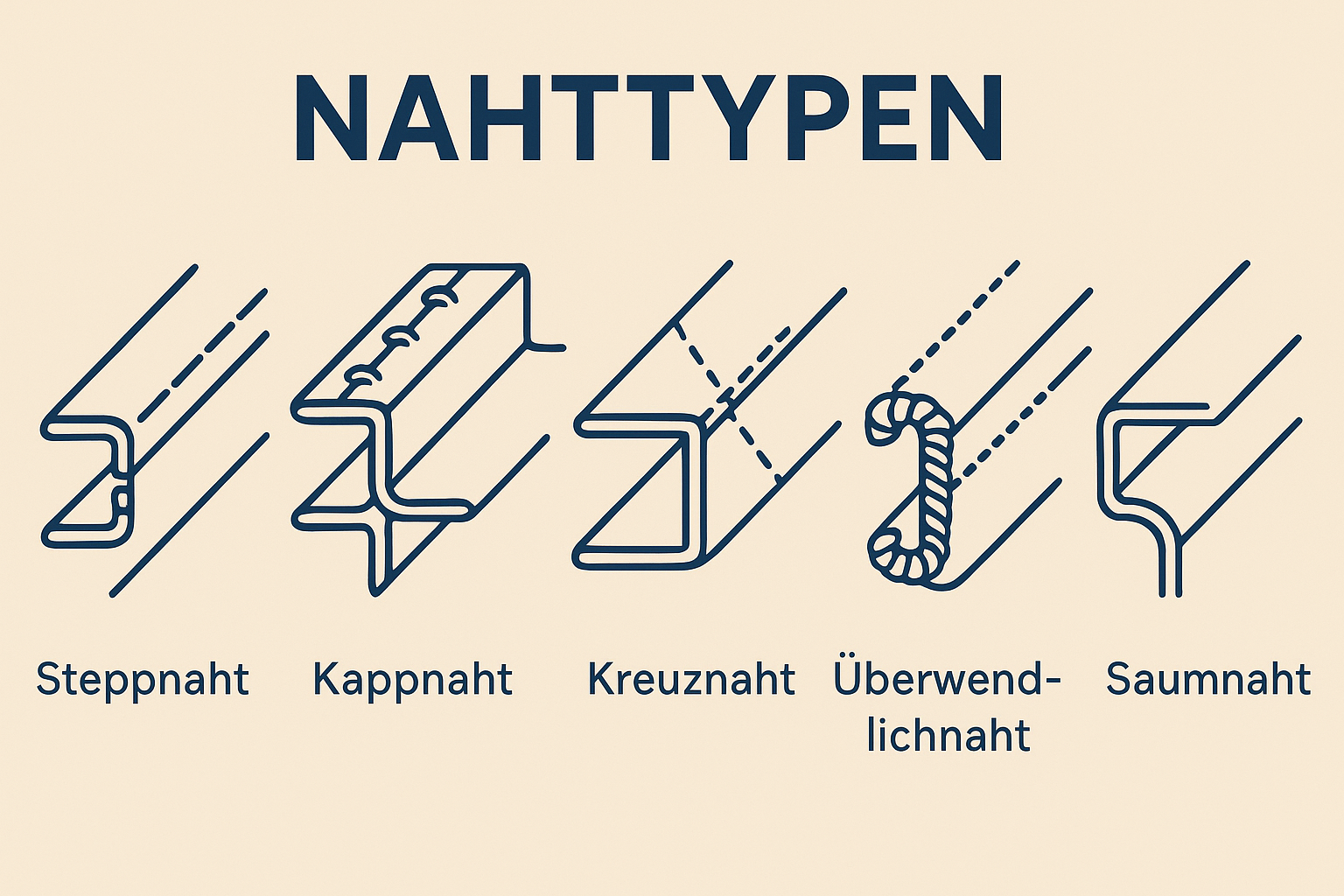Tattoos have long been seen as permanent expressions of art and identity. For many, they carry deep personal meaning, while for others, they become reminders of a past chapter they want to leave behind. Advances in laser technology have made tattoo removal safer and more effective, but one of the most fascinating aspects is how the skin regenerates once the ink begins to fade. Understanding this process helps you appreciate the body’s natural ability to heal.
The Science Behind Tattoo Removal
When a tattoo is created, ink particles are inserted deep into the dermis, the second layer of skin. Because the particles are too large for the immune system to break down on its own, they remain in place permanently. Laser tattoo removal uses highly focused light beams that penetrate the skin and shatter the ink into smaller fragments. Once broken down, these fragments are gradually absorbed and cleared away by the body’s immune cells.
This process does not happen instantly. It takes multiple sessions over weeks or months to target all the ink effectively. Between each session, the skin works to repair itself, and that is where regeneration comes in.
What Happens During Skin Regeneration
After each laser session, the treated area may feel warm, tender, or slightly swollen. This is part of the skin’s natural healing response. The body sends immune cells to the area to remove ink particles and repair tissue. Over time, redness and swelling fade, and new layers of healthy skin begin to form.
Collagen production is also stimulated during this process. Collagen is the protein responsible for keeping skin firm and elastic. As it rebuilds, the treated area becomes smoother, and the appearance of the tattoo continues to diminish. The pace of regeneration depends on factors like skin type, overall health, and how well aftercare instructions are followed.
Factors That Affect Healing
Every person’s skin heals differently. Hydration, nutrition, and lifestyle choices all play a role in the regeneration process. Drinking plenty of water and eating nutrient-rich foods can support faster recovery. Avoiding smoking and limiting sun exposure are also important, since both can slow healing and increase the risk of scarring.
Professional guidance makes a difference as well. Clinics with advanced equipment and skilled practitioners can adjust treatments to suit individual skin needs, helping reduce discomfort and improving results. Many patients seeking the top tattoo removal in Westminster choose clinics with proven expertise because they know the quality of care directly affects both healing and long-term skin health.
The Role of Aftercare
Aftercare is one of the most critical aspects of tattoo removal and skin regeneration. Proper aftercare helps prevent infections, reduces irritation, and supports healthy healing. Patients are usually advised to keep the treated area clean, apply healing ointments, and avoid scratching or picking at the skin. Sunscreen is essential once the skin begins to recover, as new skin layers are sensitive to ultraviolet rays.
Following these guidelines not only protects the skin but also maximizes the effectiveness of the laser treatments. Neglecting aftercare can slow the regeneration process and even compromise results.
The Long-Term Outcome
As the skin continues to regenerate over multiple sessions, tattoos fade and often disappear almost entirely. Some faint traces may remain, especially if the tattoo contained bright colors like blue or green, which are harder to break down. Still, modern laser systems have made tremendous progress in targeting a wide range of pigments.
For many, the outcome is not just physical but also emotional. Watching the skin heal and transform can bring a sense of closure and renewal. It is not simply about removing ink but about regaining confidence and creating space for new beginnings.
The Body’s Natural Power
What makes tattoo removal so remarkable is not just the technology but also the body’s role in the process. Lasers may break down the ink, but it is the immune system that clears it away. The skin regenerates by repairing itself layer by layer, showcasing the body’s ability to adapt and recover. This natural partnership between technology and biology highlights the resilience of the human body.
Conclusion
Skin regeneration after tattoo removal is a complex yet beautiful process. It involves breaking down ink particles, clearing them from the body, and rebuilding healthy skin. With the right care and professional guidance, the skin can heal smoothly and naturally, often leaving little trace of the art that once was. Tattoo removal is more than a medical procedure. It is a journey of healing, renewal, and the body’s quiet ability to restore itself.



